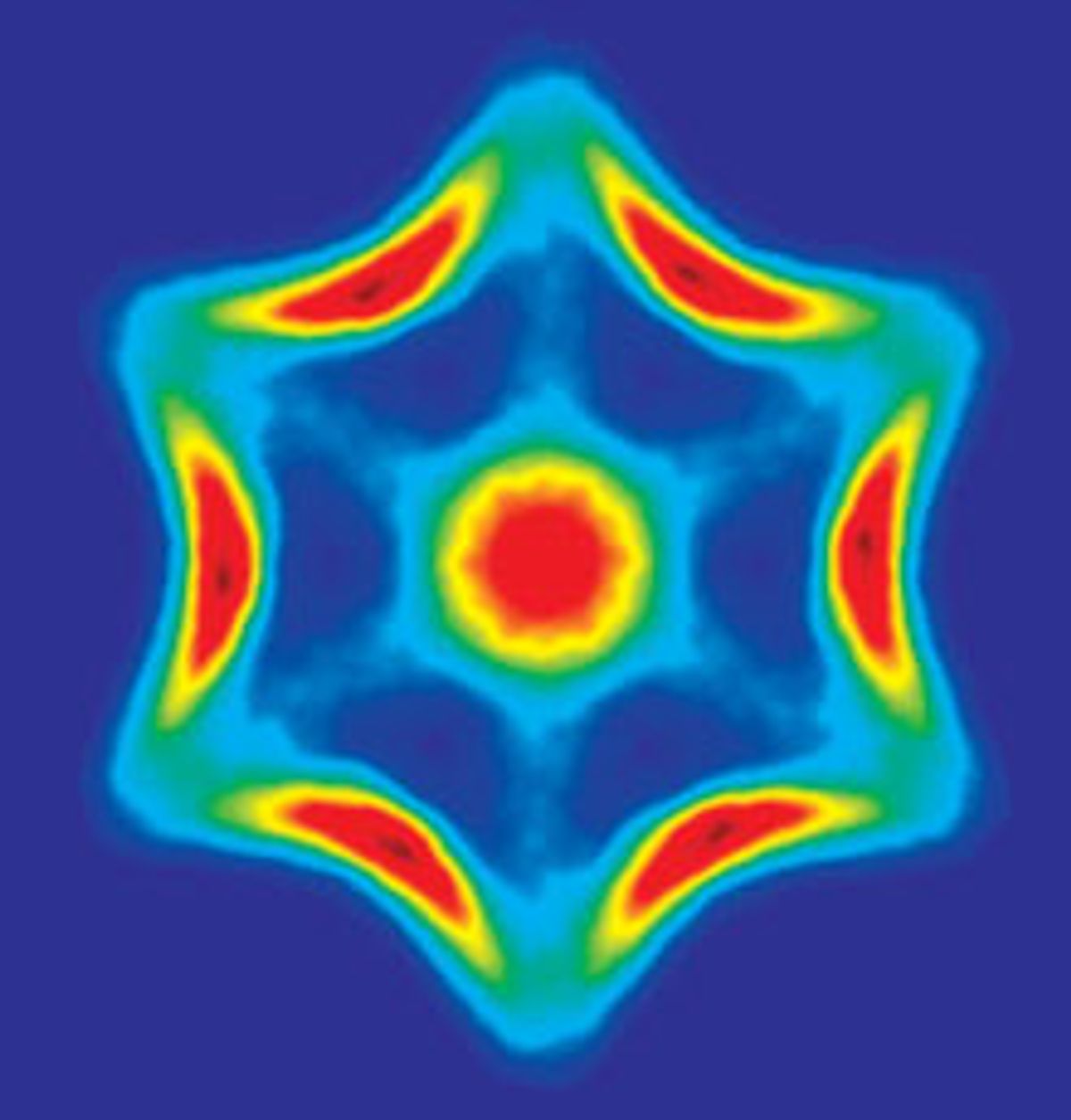Physicists in California and Germany have calculated that a bizarre class of materials called topological insulators can be made from elements like uranium and plutonium, according to a report in this week’s issue of Science.
Topological insulators are recently discovered materials that weirdly insulate on the inside and conduct on the outside. Even stranger is the way they conduct. Electrons at the surface travel in a direction determined by their spin state.Stranger still, those electrons effectively have no mass (like in graphene). This chimera-like mix of properties, say some physicists, could lead to practical quantum computers, among other things.
Today, these experimental materials are usually made from alloys of bismuth. But according to simulations by Shou-Cheng Zhang and colleagues at Stanford, University of Mainz, and Max Planck Institute for Chemical Physics of Solids in Dresden, rocksalts made from actinides—a series of heavy elements that include dangerous stuff like uranium and plutonium—could be made into topological insulators that work at room temperature.
Reached by email, topological insulators guru Joel E. Moore, whose feature article on the topic appeared in the July 2011 issue of IEEE Spectrum, says the significance of actinides theory is twofold:
It suggests a new class of materials that might improve on the existing heavy semiconductors as far as some properties are concerned (e.g., the bulk might be more truly insulating), and it gives us a theoretical idea of where to look for yet more examples,” he says. “The second may be more important for practical applications, as actinides such as plutonium are impossible for many groups to work with.
However, Moore adds, it’s very important that the findings, which are now just simulations, be confirmed experimentally. “The ability of electronic structure theory to describe these strongly correlated materials is not perfect.”
Samuel K. Moore is the senior editor at IEEE Spectrum in charge of semiconductors coverage. An IEEE member, he has a bachelor's degree in biomedical engineering from Brown University and a master's degree in journalism from New York University.



